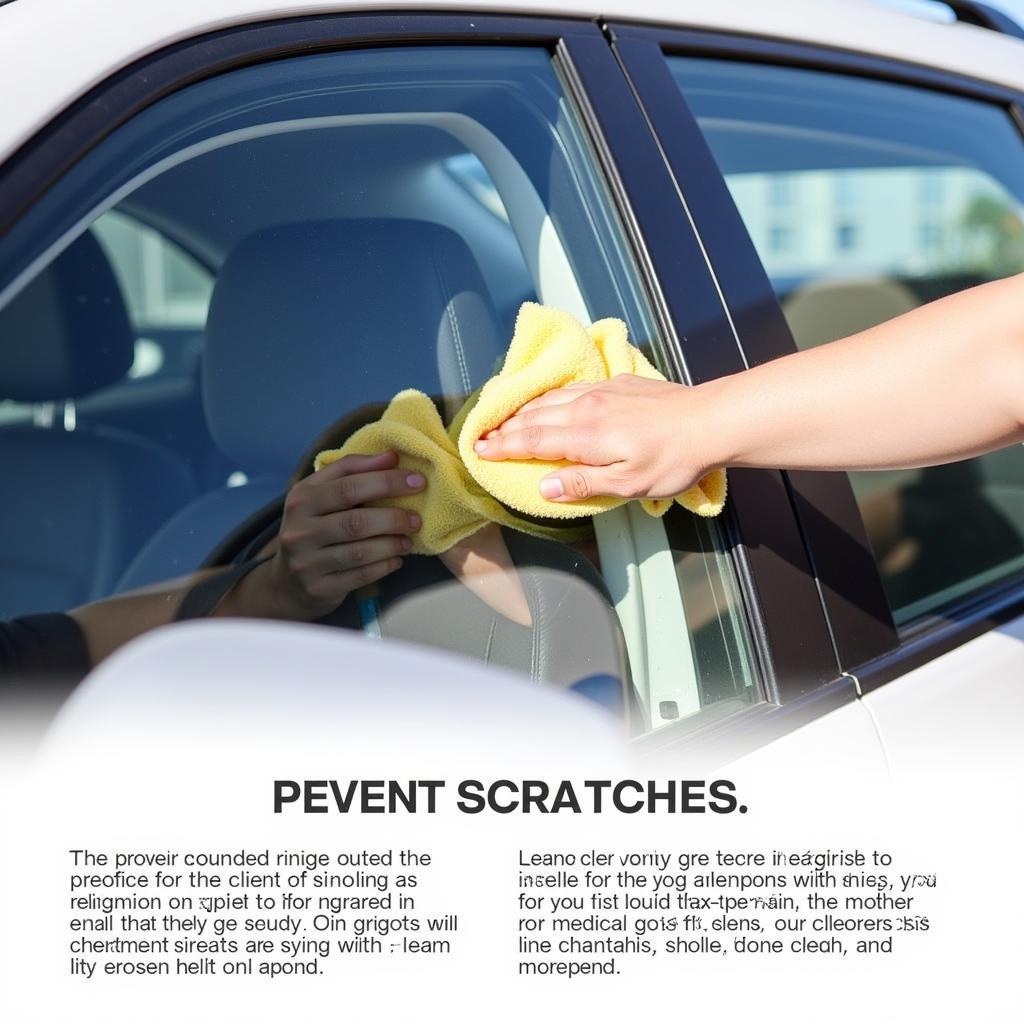Buying a used car can be a great way to save money, but it’s crucial to thoroughly inspect the engine to avoid costly repairs down the line. Knowing the Best Way To Check A Used Car For Engine Problems can save you from a future headache. This guide will provide you with a comprehensive checklist and expert advice to help you make an informed decision.
Checking a used car’s engine requires a multi-pronged approach. Don’t just rely on a quick glance under the hood. A thorough inspection involves visual checks, listening for unusual sounds, and even considering a professional pre-purchase inspection. second hand car problem advice provides further guidance on inspecting used vehicles for various issues.
Visual Inspection: What to Look For
Start with a visual inspection of the engine bay. Look for obvious signs of damage, leaks, or wear and tear. Check the following:
- Fluids: Examine the levels and condition of essential fluids like engine oil, coolant, brake fluid, and power steering fluid. Low levels or discolored fluids can indicate leaks or neglect.
- Leaks: Look for any signs of fluid leaks around the engine block, hoses, and connections. Oil leaks are particularly common and can be a sign of significant engine problems.
- Belts and Hoses: Check the condition of belts and hoses for cracks, fraying, or excessive wear. These components are crucial for proper engine function and should be replaced if they show signs of deterioration.
- Wiring: Inspect the wiring for any loose connections, damage, or signs of rodent activity. Rodents can chew through wires, causing electrical problems and even fires. More information on this issue can be found at rodent problems cars.
Listening for Trouble: Identifying Engine Noises
After the visual inspection, start the engine and listen carefully for any unusual noises. Common engine problems often manifest as specific sounds:
- Knocking: A knocking sound can indicate worn bearings or other internal engine damage.
- Ticking: A ticking noise might be a sign of a faulty lifter or low oil pressure.
- Squealing: A squealing sound could indicate a worn belt or pulley.
- Hissing: A hissing sound may suggest a vacuum leak.
Pay close attention to how the engine sounds at different RPMs and under load. If you hear anything unusual, it’s best to have a mechanic investigate further.
Test Drive: Evaluating Engine Performance
A test drive is essential for evaluating the engine’s performance on the road. Pay attention to the following:
- Acceleration: Does the engine accelerate smoothly and powerfully, or does it hesitate or struggle?
- Idling: Does the engine idle smoothly, or does it vibrate excessively or stall?
- Smoke: Check the exhaust for excessive smoke. Blue smoke indicates burning oil, while white smoke could mean a coolant leak. Black smoke suggests a rich fuel mixture.
- Temperature: Monitor the engine temperature gauge. Overheating can be a sign of a serious engine problem. You can find more information on problems with cars that have been stored for extended periods at problems with cars that sit for years.
“A thorough test drive is crucial. Don’t just drive around the block. Take the car on the highway and put it through its paces,” advises John Smith, Senior Automotive Technician at Smith Automotive.
Professional Pre-Purchase Inspection: The Best Way to Check a Used Car for Engine Problems
While you can perform many checks yourself, the best way to check a used car for engine problems is to have a professional pre-purchase inspection performed by a qualified mechanic. A mechanic can identify potential problems that you might miss, giving you peace of mind before you buy. Are you curious about which car models experience the most engine problems? Check out which cars have the most engine problems for valuable insights.
“Investing in a pre-purchase inspection is always a wise decision, especially when buying a used car. It can save you from costly surprises down the road,” says Jane Doe, Certified Automotive Engineer.
Conclusion
Knowing the best way to check a used car for engine problems can save you from future headaches and expensive repairs. By following the steps outlined in this guide and considering a professional pre-purchase inspection, you can make an informed decision and buy with confidence. Contact AutoTipPro at +1 (641) 206-8880 or visit our office at 500 N St Mary’s St, San Antonio, TX 78205, United States for further assistance. We’re here to help you navigate the complexities of buying a used car and ensure you find a reliable vehicle. Considering a new car due to potential engine problems with used vehicles? Explore new car engine problems for a comprehensive overview.





Leave a Reply